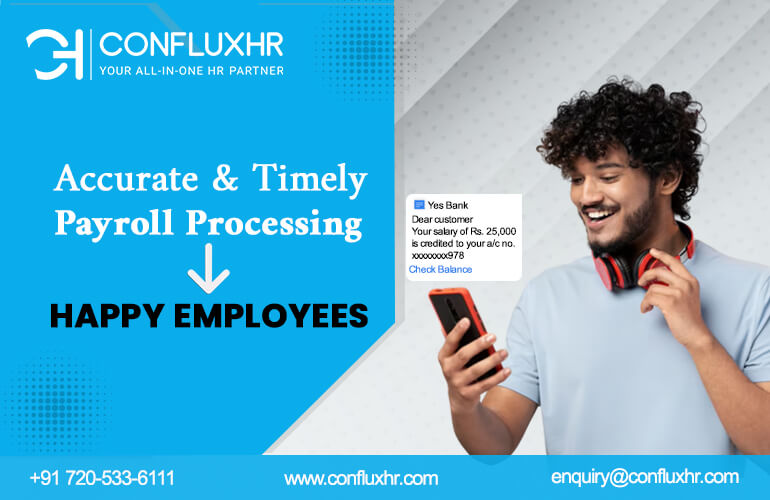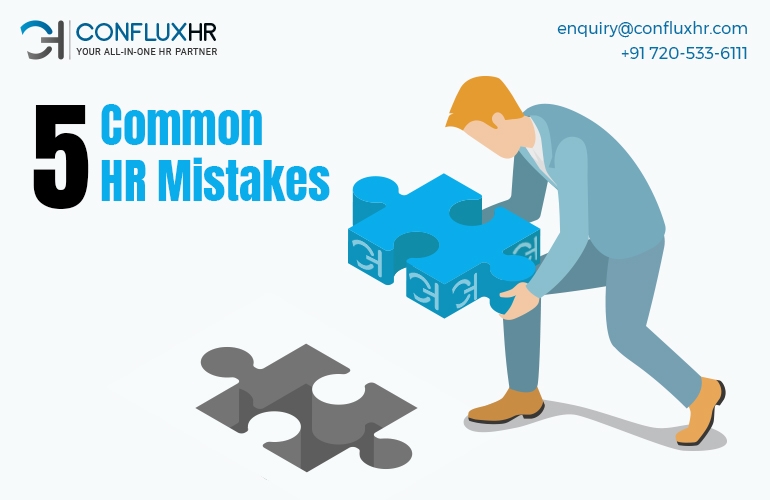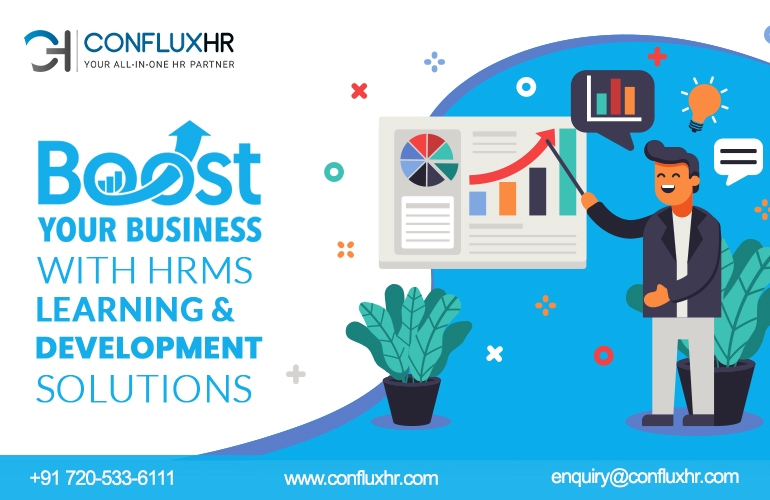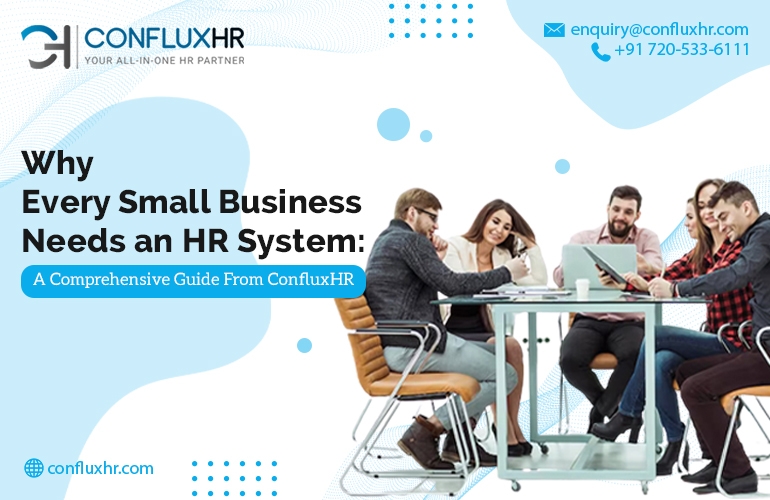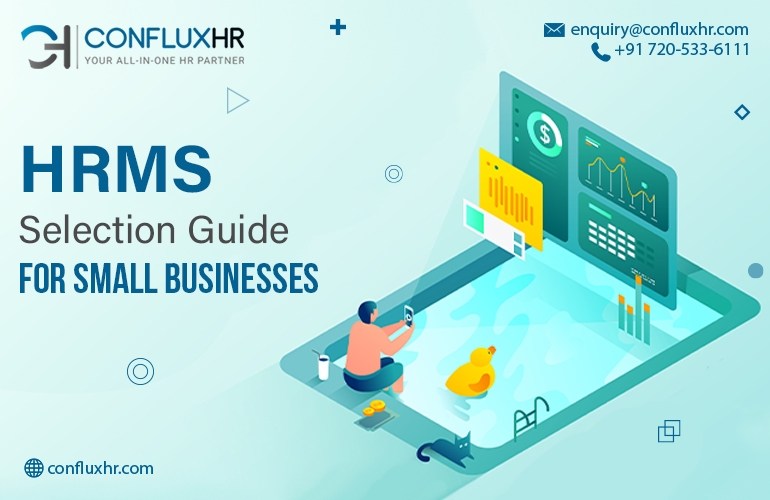As companies grow, managing employee leave and payroll can become a complicated and time-consuming process. However, it can be a daunting task to manage employee leave and ensure timely payroll processing while complying with various regulations.
This is where leave and payroll management software comes into play.
In this article, we will discuss the top features to look for in leave and payroll management software and how they can help address the challenges faced by organizations in managing employee leave and payroll.
Challenges to Leave and Payroll Management
Time-consuming and Error-prone Manual Data Entry
Leave, and payroll management software can help automate many of the tasks involved in calculating and processing employee leave and payroll data, reducing the likelihood of errors and freeing up HR staff to focus on other tasks.
Inability to Accurately Track Employee Attendance and Time Off
Leave, and payroll management software can provide real-time updates on employee time off requests and approvals, helping to ensure that attendance records are accurate and up-to-date.
Difficulty Managing Complex Leave Policies
Many organizations have complex leave policies that can be difficult to manage and administer.
Leave and payroll management software can help automate the process of tracking and managing different types of leave (e.g., vacation, sick leave, personal days, etc.) and calculating accruals and entitlements.
Lack of Transparency and Communication with Employees
Leave and payroll management software can help improve communication with employees by providing self-service options for submitting time off requests, checking leave balances, and accessing pay stubs and other important information.
Compliance Risks and Penalties
Failure to comply with labor laws and regulations can result in costly penalties and legal liabilities. Leave and payroll management software can help ensure that payroll processing and leave policies are in compliance with applicable laws and regulations.
In order to streamline these tasks, many companies turn to leave and payroll management software. However, with so many options available on the market, it can be difficult to know which features to prioritize.
Now, we’ll explore the top features to look for in leave and payroll management software.
Experience the joy of leave automation with ConfluxHR!
Automated Leave Requests
One of the most important features of leave management software is the ability to automate the leave request process. This means that employees can easily request time off online, and managers can approve or deny the requests with just a few clicks.
Look for software that allows employees to view their leave balances and request time off directly from their employee portal.
Customizable Leave Policies
Every company has its own unique leave policies, and your leave management software should be able to accommodate them.
Look for software that allows you to create custom leave policies based on employee type, tenure, or other criteria. This way, you can ensure that each employee is given the appropriate amount of time off based on their specific situation.
Integrated Payroll Management
Payroll and leave management are often closely related, which is why it’s important to choose software that integrates the two functions.
Look for software that allows you to automatically calculate payroll based on employee attendance records and leave requests. This will save you time and reduce the risk of errors.
Compliance with Labor Laws
Compliance with labor laws is essential for any company, especially when it comes to payroll management. Look for software that is capable of being up-to-date with all relevant labor laws and that can automatically calculate and deduct taxes and other deductions from employee paychecks.
Reporting and Analytics
In order to make informed decisions about your payroll and leave management policies, you need to be able to access accurate and up-to-date data.
Look for software that offers robust reporting and analytics capabilities so that you can easily track employee attendance, leave balances, and other key metrics.
Mobile Accessibility
In today’s world, employees need to be able to access their leave and payroll information on the go.
Look for software that offers a mobile app or responsive design so that employees can easily request time off and view their paycheck information from their smartphones or tablets.
In conclusion, effective leave and payroll management is crucial for any company to ensure smooth HR processes and maintain a happy workforce. If you’re struggling with managing leaves and payroll manually, it might be time to consider implementing leave and payroll management software.
When choosing software, prioritize features like automated leave requests, customizable leave policies, integrated payroll management, multiple payment options, compliance with labor laws, reporting and analytics, and mobile accessibility.
ConfluxHR is a comprehensive HR software solution that offers all these features and more.
Why not schedule a demo today and see how ConfluxHR can revolutionize your HR processes?


